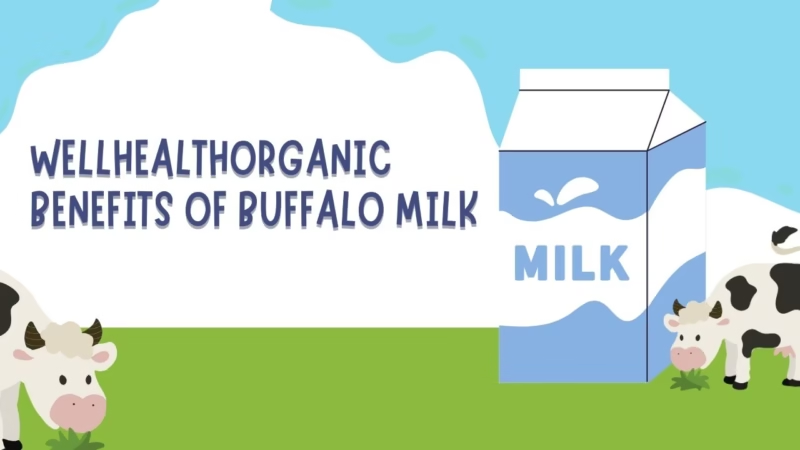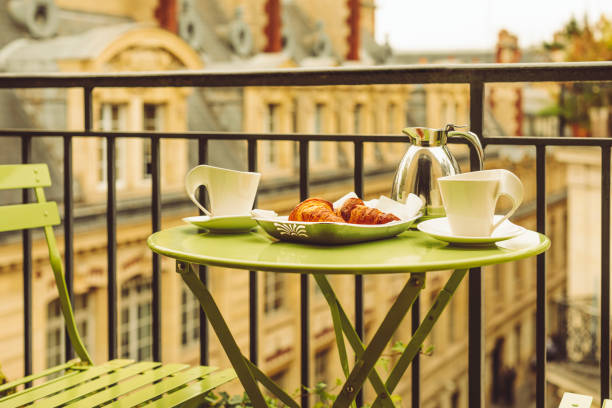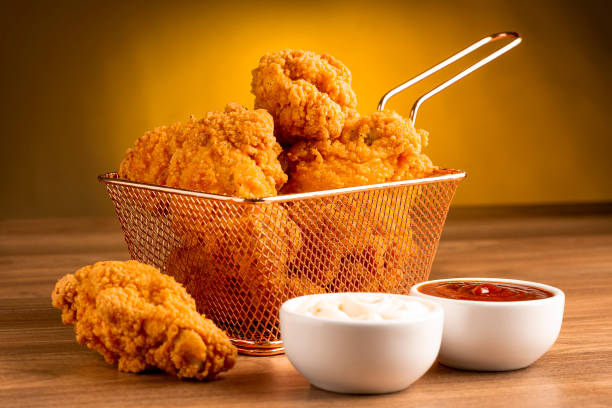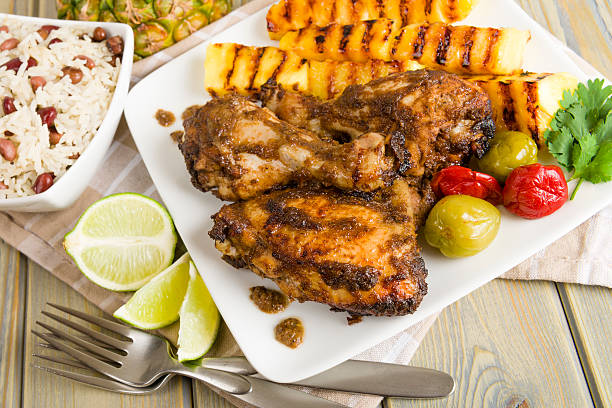How To Make Coffee Without Electricity? 5 Simple Methods
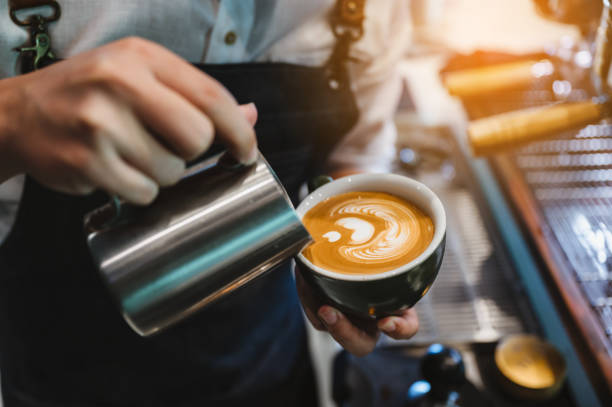
Do you want to know how to make coffee without electricity? Power outages are becoming common, and we need to plan for them. At the moment, most people have emergency response measures such as wifi, work, meals, and entertainment when there is no electricity!
In general, to brew coffee, you need power for two things: boiling water and grinding coffee beans. Now that electricity is precious and uncertain, we have summarized how to make coffee without electricity. Here are solutions for boiling water, grinding coffee beans during power outages, and popular manual coffee makers that do not require electricity.
What is Coffee?
Coffee is a popular beverage made from roasted seeds (beans) of the plant Coffea. It is known for its unique flavor, stimulating effect, and cultural significance. The coffee plant is native to tropical Africa, and by harvesting, processing, and roasting the beans, it creates coffee that many people around the world love.
Two types of coffee beans are common for commercial coffee production: Arabica and Robusta. Arabica beans are valued for their smooth, nuanced flavor, while robusta beans are more bitter. Coffee can be cooked and enjoyed in a variety of ways, including espresso, drip, french press, and poa over.
Different Types of Coffee
There are many varieties of coffee, each with its flavor, cooking method, and cultural significance. Here are some of the most famous coffee types:
- Espresso
- Americano
- Cappuccino
- Latte
- Mocha
- Macchiato
- Flat White
- Cortado
- Affogato
- Turkish Coffee
- French Press (Press Pot or Plunger Pot)
- AeroPress
- Cold Brew
- Iced Coffee
These are just a few examples, and the world of coffee is amazingly diverse, with many local variations and creative arrangements. Each type of coffee offers a unique taste experience, and coffee lovers often enjoy exploring different ways and flavors.
How To Make Coffee Without Electricity?
Making coffee without electricity is a fun and resourceful experience, whether you’re in the middle of a camp or power outage or just want to brew coffee in a traditional way. Here are some ways to brew coffee without electricity:
Method 1: Boiling Water
- Boil water in a kettle or pot and heat it with a bonfire, a portable stove, etc.
- Coffee beans are roughly ground and placed in a heat-resistant container such as a French press or a pour-over-cone.
- When the water boils, cool a little (the optimal extraction temperature is about 30 seconds) and pour over the coffee powder.
- Steam the coffee for a few minutes, stirring it lightly if necessary.
- In the case of a French press, slowly plunge down or drip the coffee with a pour-over filter.
- Now you will pour coffee into a cup and enjoy.
Method 2: Cowboy Coffee
- Coarsely grind the coffee beans and put them directly in the pot.
- Put the pot on fire or a bonfire, and bring the water to a boil.
- When it boils, remove the pot from the heat and sink the coffee beans to the bottom.
- Carefully pour into the cup, leaving almost the coffee powder in the pot.
Method 3: Cold-Brew
- Grind coffee beans roughly.
- Put the coffee powder in a large container or bottle and cover it with cold water or room temperature water.
- Stir lightly and ensure that the coffee is wet.
- Cover the container and let it stand for 12-24 hours at room temperature or in the refrigerator.
- Filter with a fine sieve coffee filter and remove the powder.
- Dilute the concentrated cold brew with water or milk, and then split it with ice.
Method 4: Aeropress
- Coarsely grind coffee beans.
- Assemble the aeropress without a filter and put it on top of the cup.
- Put the coffee powder into the aeropress.
- Boil water in a kettle or pot and cool a little.
- Pour hot water into the coffee powder of the Aeropress and stir.
- A filter cap is attached as well as press coffee is placed into the cup.
Method 5: Pour-Over Method
- Pour hot water into a kettle and warm it up over direct heat.
- Coarsely grind the coffee beans and put a poa-over cone on the heat-resistant container or cup.
- Put the coffee powder on the filter in the cone.
- Pour the hot water slowly in a circle so the coffee falls into the container below through the filter.
Remember to adjust the ratio of coffee and water and the extraction time depending on your taste and how you use it. These methods may require trial and error, but they can connect with the process of brewing coffee and provide a great opportunity to enjoy a rich coffee without electricity.
So far, I have introduced how to make coffee without electricity. Let’s take a look at the tips and guides below on how to make coffee without electricity.
Tips and Guides On How To Make Coffee Without Electricity:

Here are some tips on how to make coffee with using different methods:
- Use fresh coffee beans: you should use high-quality, freshly roasted coffee beans. You can make the freshest and most flavorful coffee by grinding the beans just before brewing.
- Adjust the grind level: The required grind level will vary depending on how you brew. Cowboy coffee and French press are suitable for extraction methods, while Aeropress and pour-over are suitable for fine grinding.
- Measure coffee and water: Use a kitchen scale or weighing scoop to make sure the proportions of coffee and water match your chosen method. The typical ratio is about 1-2 tbsp coffee per 6 ounces of water, but it should be adjusted according to your preference.
- Keep the temperature of hot water: Boil the hot water, relaxed a little, and then brew. Water that is too hot may be extracted too much and cause a bitter taste.
- Steep time: Pay attention to the steaming time and the extraction time. If you leave the coffee powder for a long time, it may be extracted too much. Let’s try the steamed time to find their favorite taste.
- Stirring: By stirring coffee powder and water, you can make the extraction and flavor uniform. Use a long spoon or a stirring rod to mix the powder and water gently.
- Filter: If you use a method such as cowboy coffee or poa-over, it is recommended to use a fine mesh sieve or cloth filter to catch the powder before serving.
- Try proportions: Coffee making is art. Adjust the ratio of coffee and water to find the thickness you want. Even if the first cup was imperfect, be bold and tweak the proportions for the next one.
- Safety First: When using an open fire or a bonfire, take appropriate safety measures. Keep fire extinguishers and water sources nearby and never leave open fire.
- Clean up after: After you have brewed your coffee, wash the equipment thoroughly to avoid leaving any flavor.
- Enjoy the outdoors: If you are making coffee in a camp or outdoors without using electricity, you can enjoy the experience of drinking coffee in a rustic environment.
Don’t be disappointed if the first attempt is not perfect. If you’re willing to go through a process of trial and error and embrace it, you’ll soon be able to brew delicious coffee without relying on electricity.
Mistakes that Tend To be a Way of Making Coffee Without Electricity.
The cheapest way to boil water depends on the available resources and circumstances. Here are some cost-effective ways to do it:
1. Stovetop
If you can use a stove or gas stove, it is a cost-effective way to boil water on the stove. Generally, a gas stove has higher energy efficiency and lower operating cost than an electric stove.
2. Microwave
Microwave ovens are energy-efficient and can quickly boil water. It is common in ordinary homes and is convenient for boiling a small amount of water.
3. Camping stove or portable burner
If you’re going to boil water outdoors or in a camp, you’ll find a portable camping stove or burner for your camp. These appliances are often designed to be efficiently heated and can be stored compactly.
4. Electric kettle
Electric kettles are energy efficient and convenient. It is popular in many homes because it can quickly boil water without using a stove.
5. Solar heating
In areas with strong sunlight, solar water heaters allow you to boil water in an environmentally friendly and cost-effective way. Solar water heaters use solar energy to boil water, reducing the need for electricity and gas.
6. Firewood stove
If you have a firewood stove, you can boil water on its surface. This method is especially effective in cold areas in winter.
7. Waste heat
If you already use household appliances and heat sources for other purposes, part of the waste heat can be reused to warm the hot water. For example, a pot with water can be placed on the radiator in use or near the oven.
Choose the most appropriate method for your needs and resources with the right safety measures in place.
What Should I Consider Before Buying Coffee?
Before buying coffee, there are several factors to consider in order to get the best quality and flavor to your liking. Here are some important considerations:
- Varieties of coffee beans: Coffee beans come in a variety that are most common to Arabica and Robusta species. Arabica beans generally tend to have a smoother and more nuanced taste, robusta beans tend to be stronger and more bitter. Whether you choose Arabica or Robusta, consider your taste preferences.
- Roast Level: Coffee beans are roasted at various roasting levels, from light to deep. Shallow roasting is bright and sour, and deep roasting is often bold and has a firm flavor. Choose the roasting degree that suits your taste.
- Freshness: Freshness is important for flavorful coffee. Let’s look for new beans with roasting days and drink them within a few weeks after roasting. Whole bean coffee will last longer than ground.
- Quality of beans: Premium coffee beans usually source from specific regions and plantations known for producing high-quality beans. Find out more about where and how coffee beans are store.
- How to gri
- Certifications: Focus on certifications that demonstrate ethical and sustainable procurement methods, such as fair trade, organic, and rainforest alliances.
- Packaging: Coffee beans are stored in an opaque, sealable package to protect them from light, air, and moisture. Some bags have a one-way valve that allows gas to escape while preventing air from entering.
- Flavor Notes: Read the flavor notes provided by roasters to understand the flavor characteristics. It will help you choose a coffee that suits your taste.
- Whether you want to buy coffee at a local roaster or shop where you can experience a unique and fresh experience, or whether you prefer the convenience of online ordering and a wide range of products.
- Budget: The price of coffee varies greatly depending on the quality of the beans, the supplier, the brand, etc. Try different options while setting your budget.
- Experiment: Try a variety of coffee and do not be afraid to explore new flavors. Coffee tasting is a personal journey, and you may find unexpected favorites.
- Reviews and recommendations: Read reviews and recommendations from other coffee enthusiasts and experts to better understand the quality and flavor of different coffees.
Remember, the best coffee for you is one that brings fun and your taste preferences. Whether you’re a casual coffee drinker or an avid enthusiast, these factors make it easy to buy a satisfying coffee with enough information.
What is a Percolator?
Although the percolator looks like a coffee pot, it usually does not use electricity.
The percolator has a coffee pot, a strainer basket, a basket bar on which the strainer slides, and a pair of strainer baskets.
Conclusion
Making coffee without electricity may seem difficult at first, but with a little practice and preparation, it will be a fun and rewarding experience. Whether camping, having a power outage, or simply trying something new, there are many ways to brew coffee without electricity.
